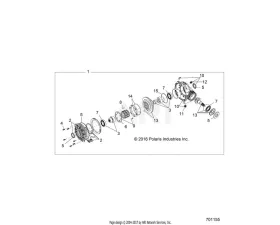NOW TILL 11/14 ENJOY $1 to START Financing - LEARN MORE
Drive Train
Polaris RZR XP1000 | RZR Turbo 2016 OEM ASM-GEAR HOUSING & PINION GEAR CLEARANCE

UTV Drivetrain
The drivetrain of a motor vehicle is the group of components that deliver power to the driving wheels. This excludes the engine or motor that generates the power. In a UTV’s case, their drivetrain in made even tougher than that of a normal street car. For many UTV owners, it's a challenge to get through a tough terrain with a stock gearbox and a front differential. Mass-produced stock gears crack when subjected to extreme racing conditions. Some manufacturers assemble their gearboxes with low-quality bearings that cannot stand up to these conditions either. Factory-assembled gearboxes also neglect critical adjustments to the gear stacks, which may cause the gears to lose their optimum mesh, thus accelerating wear that can lead to complete failure.
Continuously Variable Transmission
Moreover, there are different kinds of drivetrains for a UTV. The most common type of UTV transmission is continuous variable transmission or CVT. The continuously variable transmission is a system of pulleys and belts that have been around for a very long time. The CVT has a number of different nicknames, such as shiftless transmission, single-speed transmission, step-less transmission, pulley transmission, or 'twist-and-go' transmission.
When thinking of CVTs, think of snowmobiles. They're one of those rides that you can hop on and just twist the throttle and go with no real worry about shifting. The same applies to UTVs with CVTs. As you start to apply the gas pedal, the engine RPMs get higher; this means that everything starts to spin faster. There are two pulleys inside the CVT and each pulley can essentially pinch or release a belt using a weight and/or spring system.
When you start a UTV with a CVT and just sit it in the idle position, the drive pulley doesn't pinch the belt, so no power is distributed down to the ground. As you give the UTV some gas, the drive pulley is fast enough to start pinching the belt and the power is transferred to the driven pulley. Both pulleys have an inner valley in which the belt can ride up and down to change the gear ratio effectively.
Hydrostatic Transmission
Hydrostatic transmission is a fluid power system with infinitely variable control independent of the speed of the engine. In this scenario, the UTV engine is powered by a hydraulic pump called an axial piston pump that has a handful of pistons in a circular array sitting on a plate. When the operator uses the drive pedal, the plate is rotated in one direction and generates a flow of hydraulic fluid to the drive train. This fluid pressure control is what gives you control of the forward power of the vehicle. When you let the pedal go, the machine comes to a stop like a tractor does.
When the rider wants to reverse direction, the plate is rotated in the opposite direction, creating an opposite flow of hydraulic fluid that effectively supports the vehicle. Hydraulic oil is commonly found in a closed loop oil circuit, creating a very low maintenance driveline solution.
They both do a terrific job of driving your UTV quickly and efficiently, but of course they each have their drawbacks that we have to take into account. No one should make a decision as to what UTV to buy based solely on what kind of drive system it has.
And if you ever need to replace you UTV’s drivetrain parts, we are here to help!Vivid Racing was voted #1 in customer service nationwide!
Buying from Vivid Racing is the best choice you can make. We back every part we sell with our guarantee of satisfaction. Hands-On Experience and Professionalism is what makes us the best.
Buy online or give one of our world-class sales professionals a call at 1-480-966-3040 If you don't see what you are looking for.

.jpeg?q=90&p=thumb&w=200&h=200)



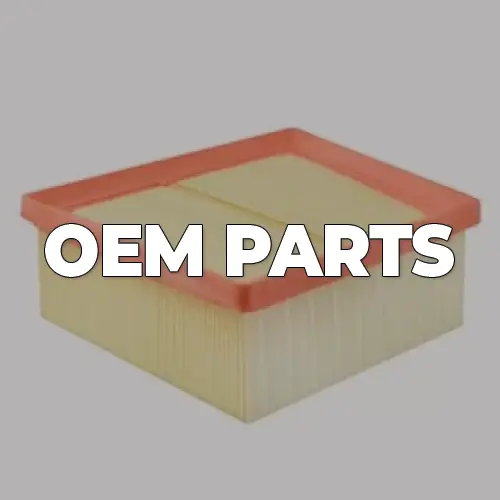

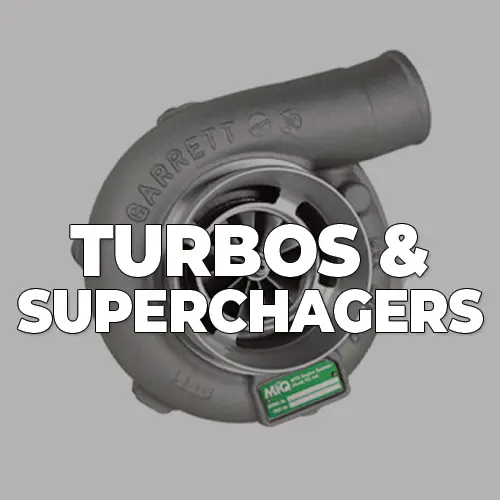

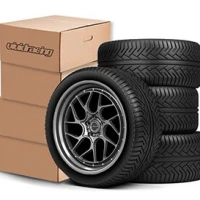


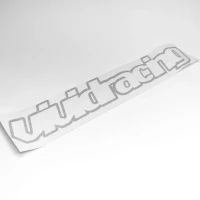
.jpeg?q=90&p=thumb&w=40&h=40) Brakes
Brakes  Driveline
Driveline  Electronics
Electronics  Handlebars & Controls
Handlebars & Controls  Package Deals
Package Deals  Wheel Accessories
Wheel Accessories  Wheels by Vehicle
Wheels by Vehicle  Tools and Maintenance
Tools and Maintenance  Universal & Repair
Universal & Repair  Vivid Racing Gear
Vivid Racing Gear 